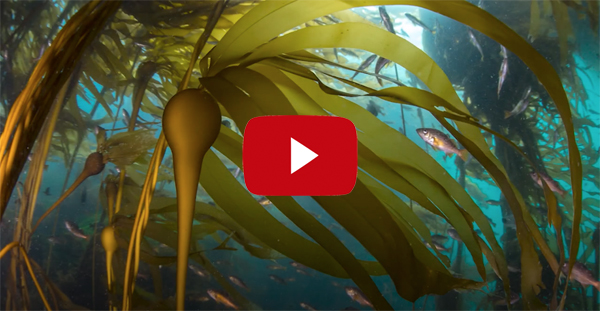Learn the approach MaPP First Nation Partners are using to study canopy kelp (the uppermost layer of a kelp forest) in the MaPP Region. First Nations are applying a standardized methodology to collect and analyze data in the four sub-regions to find out:
- Where the kelp is;
- How kelp is changing;
- What is causing the kelp to change; and
- What else is affected by these changes to kelp.
With canopy kelp functioning as a canary in the coalmine, research is necessary to address the First Nations’ observations that significant declines have occurred in recent years in the distribution, abundance and quality of kelp in their territories. The training videos were produced in collaboration with the Tula Foundation and feature tools, techniques and protocols being used to support standardized kelp monitoring in the MaPP region. The methods shown in the videos are accompanied by a detailed Kelp Monitoring Methods protocol document.
Together with community-based local and Indigenous knowledge, MaPP is generating a bigger picture of kelp historically, today and for future scenarios, as illustrated in our Regional Kelp Monitoring Storymap. As culturally and ecologically significant species, kelp conservation and restoration are essential for food, habitat, improved shoreline protection and increased marine nutrients. Kelp monitoring information, therefore, will be used to inform future management recommendations about protected areas, ecosystem health and marine use.
View the video playlist here.
More News »



